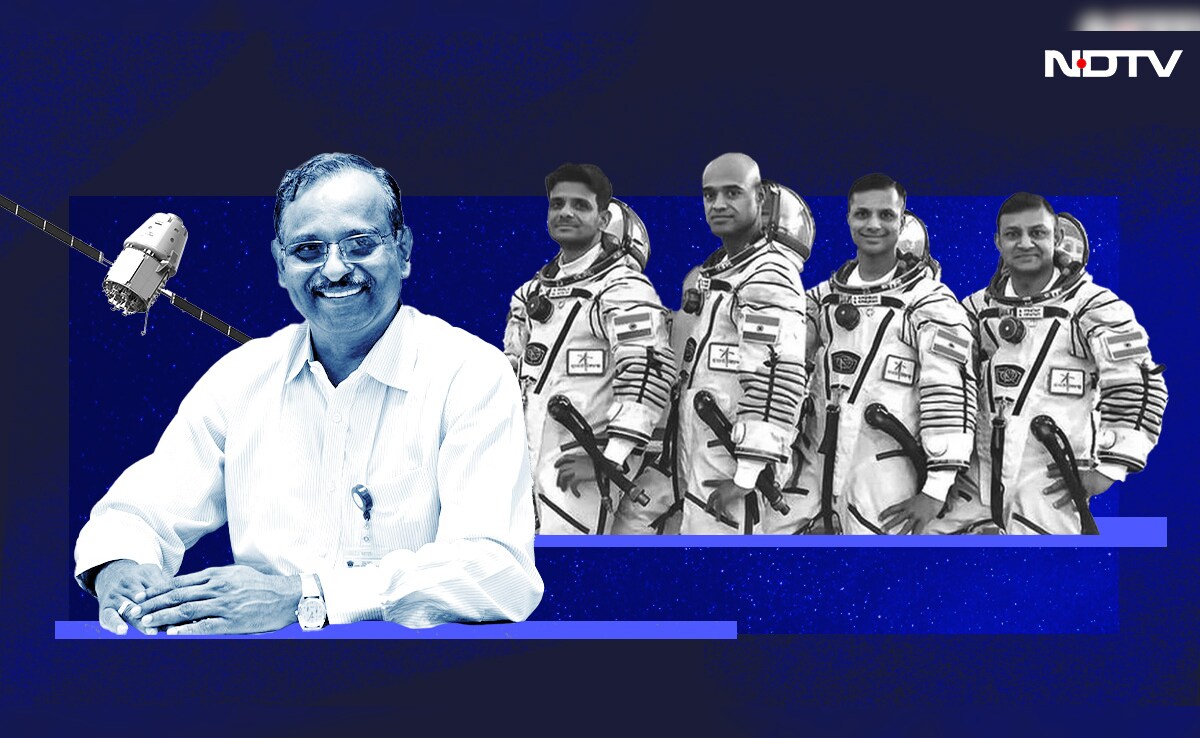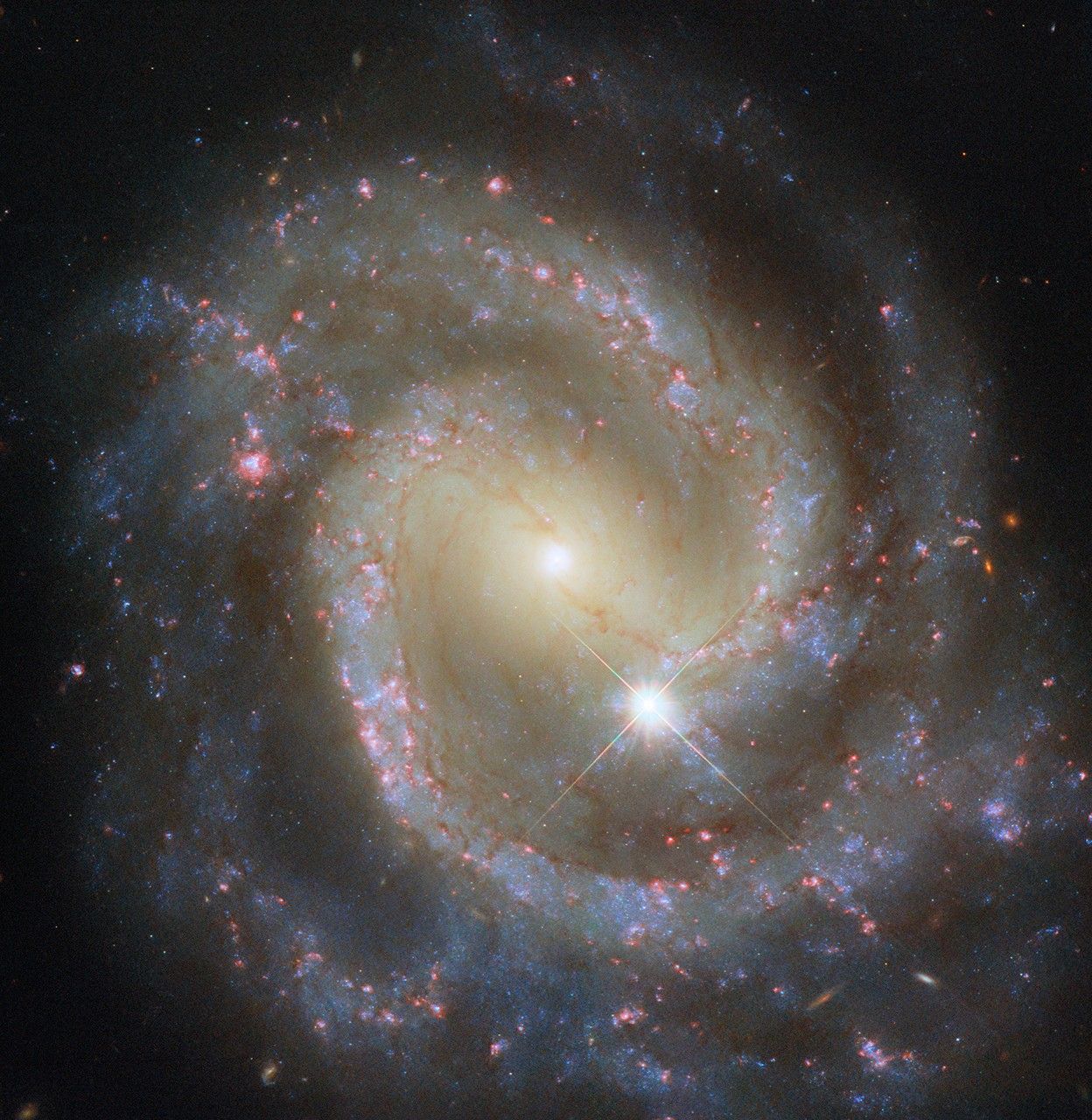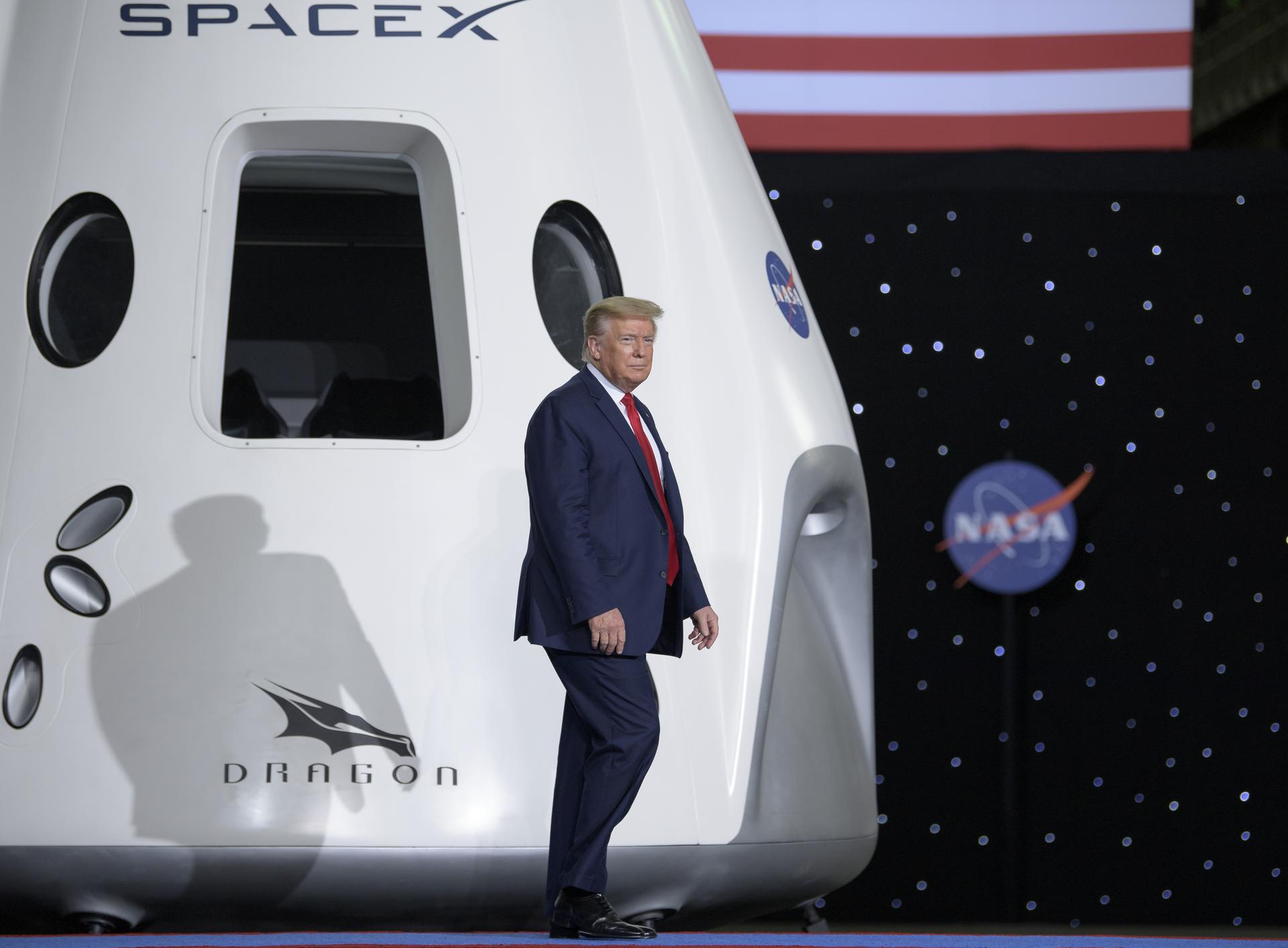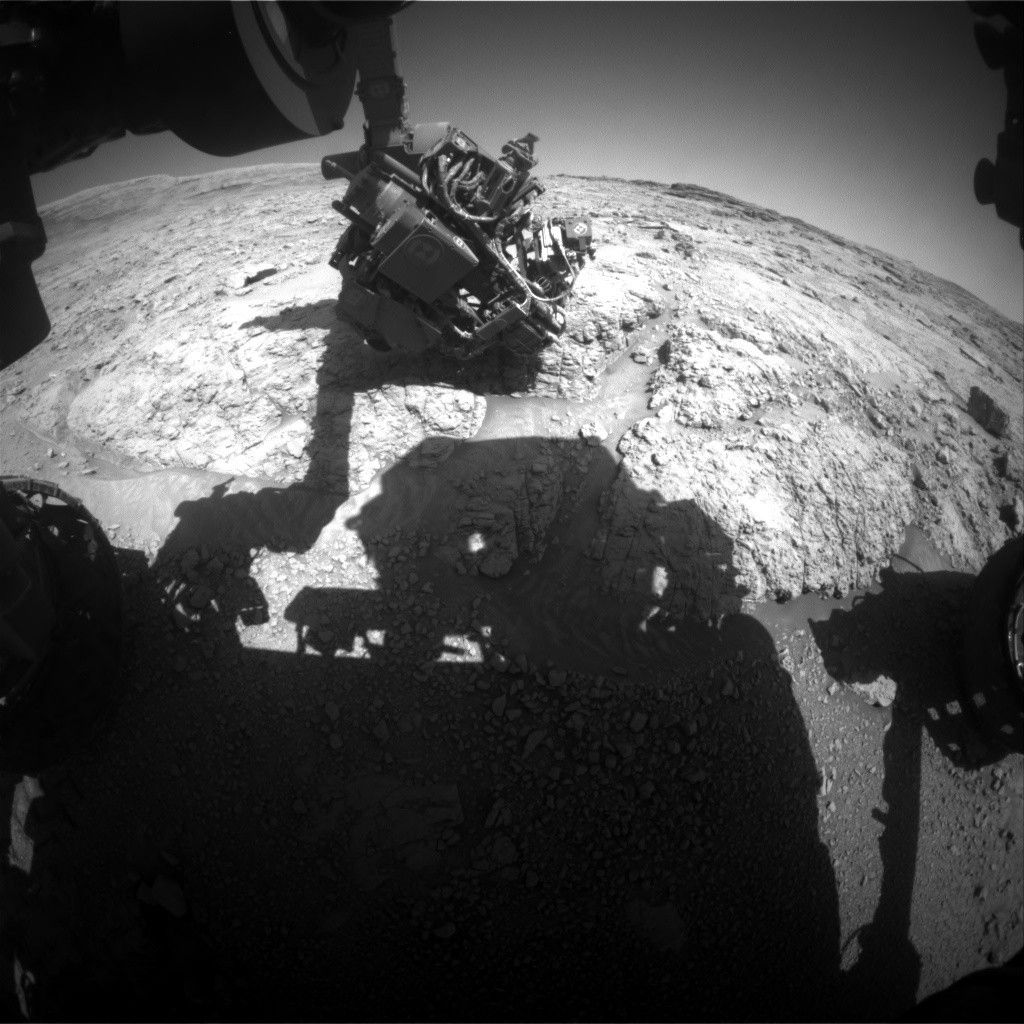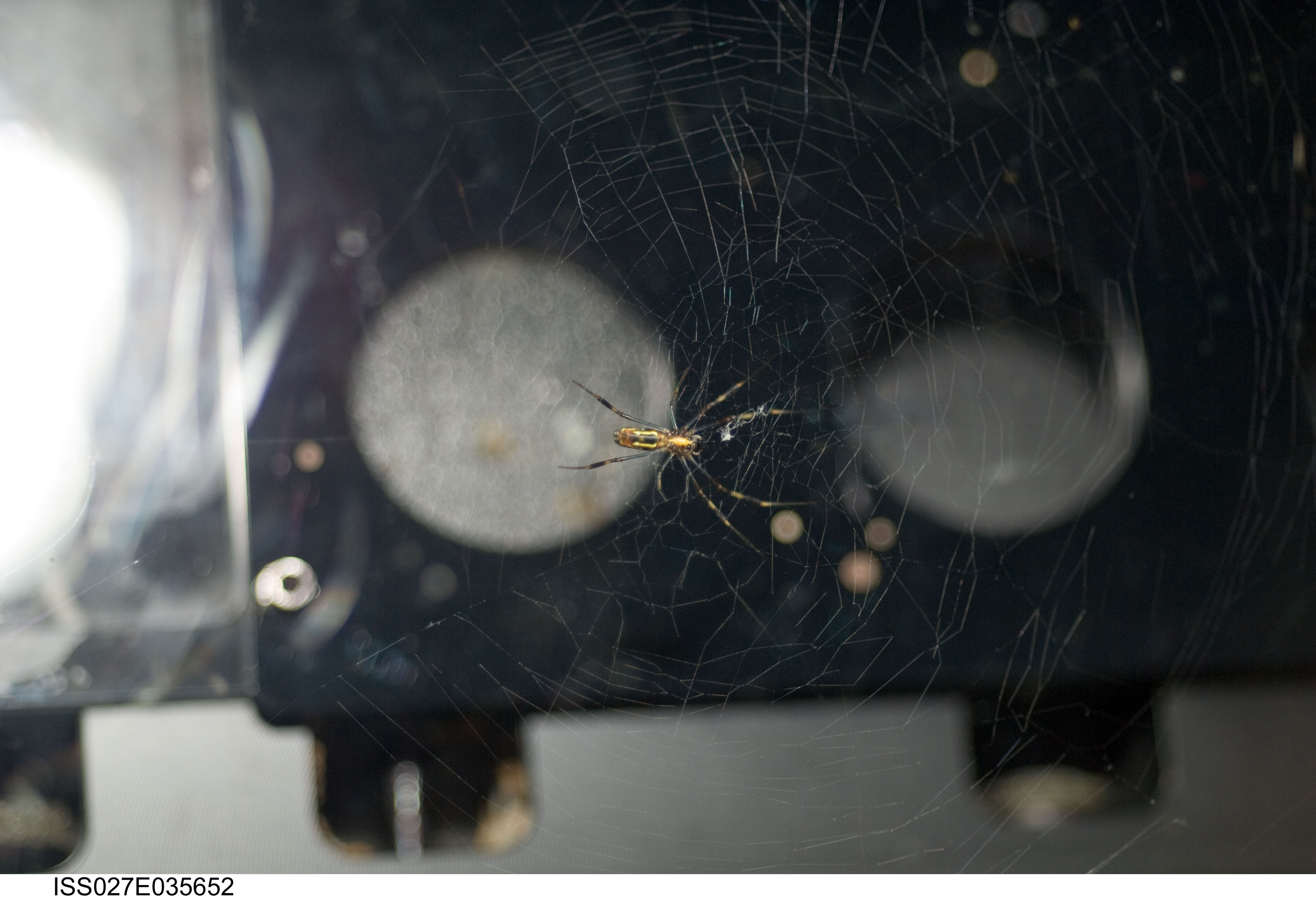NASA Marshall Fires Up Hybrid Rocket Motor to Prep for Moon Landings
NASA’s Artemis campaign will use human landing systems, provided by SpaceX and Blue Origin, to safely transport crew to and from the surface of the Moon, in preparation for future crewed missions to Mars. As the landers touch down and lift off from the Moon, rocket exhaust plumes will affect the top layer of lunar […]
NASA Marshall Fires Up Hybrid Rocket Motor to Prep for Moon Landings
NASA’s Artemis campaign will use human landing systems, provided by SpaceX and Blue Origin, to safely transport crew to and from the surface of the Moon, in preparation for future crewed missions to Mars. As the landers touch down and lift off from the Moon, rocket exhaust plumes will affect the top layer of lunar “soil,” called regolith, on the Moon. When the lander’s engines ignite to decelerate prior to touchdown, they could create craters and instability in the area under the lander and send regolith particles flying at high speeds in various directions.
To better understand the physics behind the interaction of exhaust from the commercial human landing systems and the Moon’s surface, engineers and scientists at NASA’s Marshall Space Flight Center in Huntsville, Alabama, recently test-fired a 14-inch hybrid rocket motor more than 30 times. The 3D-printed hybrid rocket motor, developed at Utah State University in Logan, Utah, ignites both solid fuel and a stream of gaseous oxygen to create a powerful stream of rocket exhaust.
“Artemis builds on what we learned from the Apollo missions to the Moon. NASA still has more to learn more about how the regolith and surface will be affected when a spacecraft much larger than the Apollo lunar excursion module lands, whether it’s on the Moon for Artemis or Mars for future missions,” said Manish Mehta, Human Landing System Plume & Aero Environments discipline lead engineer. “Firing a hybrid rocket motor into a simulated lunar regolith field in a vacuum chamber hasn’t been achieved in decades. NASA will be able to take the data from the test and scale it up to correspond to flight conditions to help us better understand the physics, and anchor our data models, and ultimately make landing on the Moon safer for Artemis astronauts.”
Fast Facts
- Over billions of years, asteroid and micrometeoroid impacts have ground up the surface of the Moon into fragments ranging from huge boulders to powder, called regolith.
- Regolith can be made of different minerals based on its location on the Moon. The varying mineral compositions mean regolith in certain locations could be denser and better able to support structures like landers.
Of the 30 test fires performed in NASA Marshall’s Component Development Area, 28 were conducted under vacuum conditions and two were conducted under ambient pressure. The testing at Marshall ensures the motor will reliably ignite during plume-surface interaction testing in the 60-ft. vacuum sphere at NASA’s Langley Research Center in Hampton, Virginia, later this year.
Once the testing at NASA Marshall is complete, the motor will be shipped to NASA Langley. Test teams at NASA Langley will fire the hybrid motor again but this time into simulated lunar regolith, called Black Point-1, in the 60-foot vacuum sphere. Firing the motor from various heights, engineers will measure the size and shape of craters the rocket exhaust creates as well as the speed and direction the simulated lunar regolith particles travel when the rocket motor exhaust hits them.
“We’re bringing back the capability to characterize the effects of rocket engines interacting with the lunar surface through ground testing in a large vacuum chamber — last done in this facility for the Apollo and Viking programs. The landers going to the Moon through Artemis are much larger and more powerful, so we need new data to understand the complex physics of landing and ascent,” said Ashley Korzun, principal investigator for the plume-surface interaction tests at NASA Langley. “We’ll use the hybrid motor in the second phase of testing to capture data with conditions closely simulating those from a real rocket engine. Our research will reduce risk to the crew, lander, payloads, and surface assets.”
Through the Artemis campaign, NASA will send astronauts to explore the Moon for scientific discovery, economic benefits, and to build the foundation for the first crewed missions to Mars – for the benefit of all.
For more information about Artemis, visit:
News Media Contact
Corinne Beckinger
Marshall Space Flight Center, Huntsville, Ala.
256.544.0034
corinne.m.beckinger@nasa.gov
What's Your Reaction?








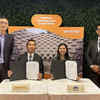




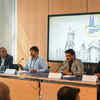





.jpg?#)

